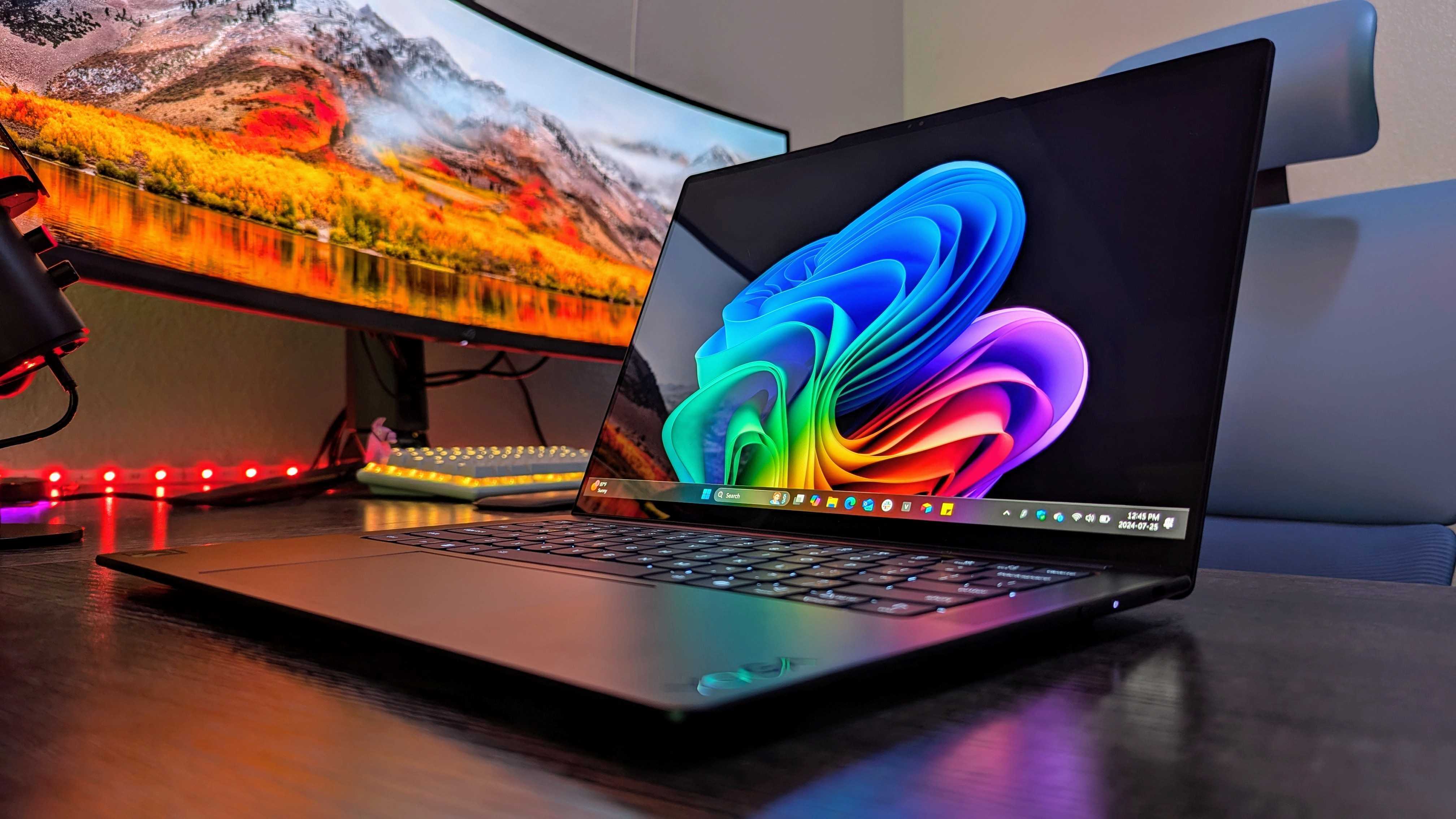Surface Trio? Microsoft patents possible triple-screen smartphone design
A new patent filed by Microsoft reveals a tri-fold device similar to the Westworld tablet from the hit HBO TV series.
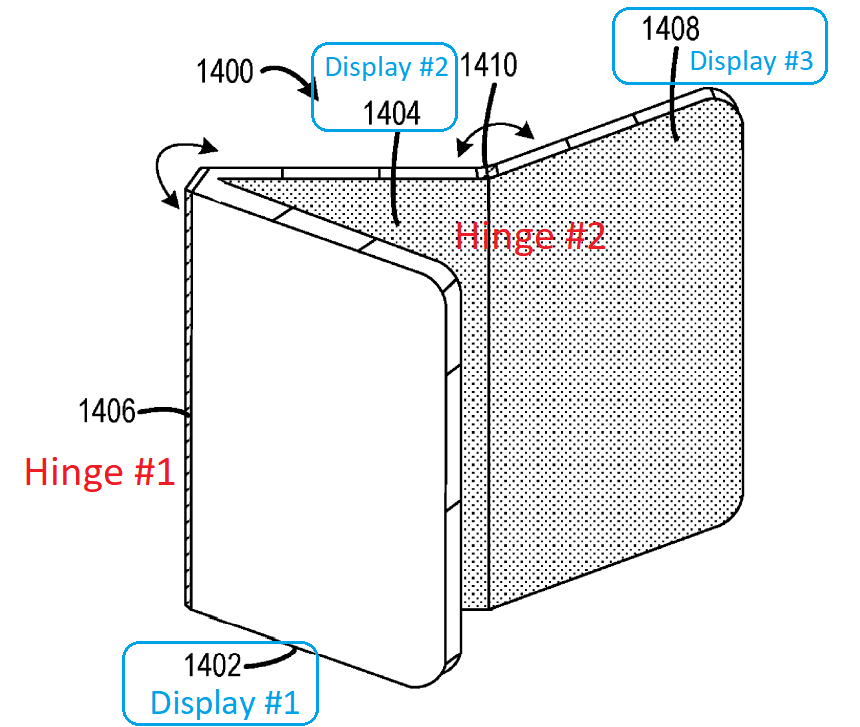
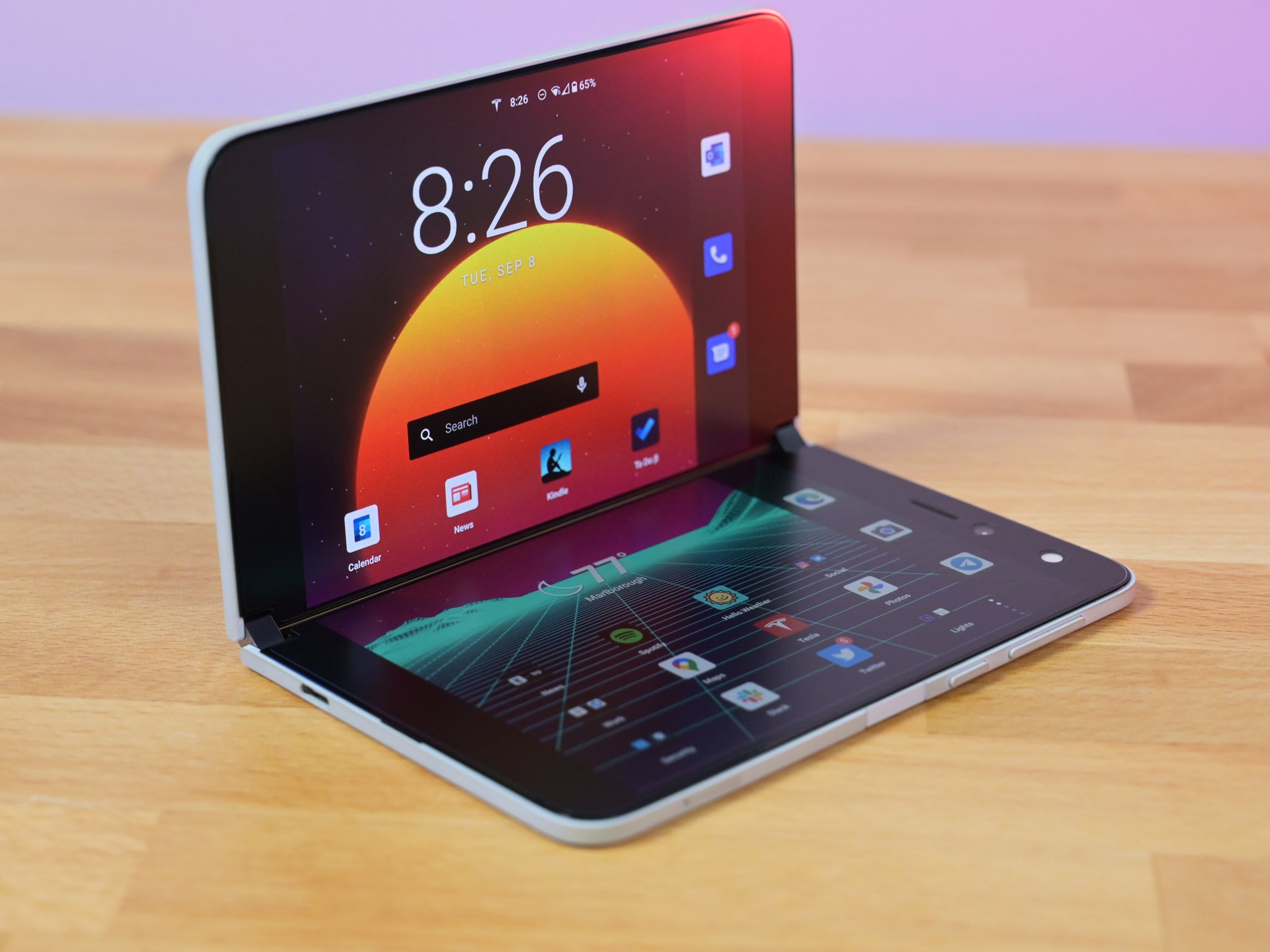
What you need to know
- A new Microsoft patent shows a triple-screen device.
- The patent was filed back in June 2020 but just became available publicly.
- The design could possibly solve one of the biggest complaints about Surface Duo.
Update 10 PM ET 12/27: Added more context regarding the hinges and how the device folds.
When Microsoft announced its dual-screened Surface Duo, the running joke was that the company should make a Surface Uno next — a revolutionary smartphone with a single display. The humor went in the other direction, too, with people remarking it could do a triple-screened handheld and call it Surface Trio.
It turns out, Microsoft was thinking the same thing.
A new patent was posted on December 23, 2021 (filed on June 23, 2020), and spotted by Patently Apple, shows Microsoft has ideas on how a triple-screen smartphone (presumably) could work.
While the patent is quite long and technical, there is a single drawing (seen below) associated with the idea to illustrate the concept.
The device (1400) features three displays (1402, 1404, and 1408), all connected by two hinge areas (1406 and 1410).
So, basically, just Surface Duo's design plus an extra display.
Get the Windows Central Newsletter
All the latest news, reviews, and guides for Windows and Xbox diehards.
What makes the concept interesting is since this is a hinged device, it can collapse in on itself to again become a single-screen form factor, e.g., with display 1408 facing outward all the time when "closed."
A closer look
Analsyis of why a 'Surface Trio' could work
Let me connect the dots for you on why this design could be significant.
One of the constant debates about Surface Duo right now is the "need" for an external display. While you can reverse-fold Surface Duo to expose both displays all the time, like a standard phone, most people will close it when not in use, leaving no screens exposed. That also limits what you can see, and it is one reason I argued Microsoft should do a wearable to help alleviate that limitation.
With Surface Duo 2, Microsoft introduced the Glance Bar to help with notifications and more info when Surface Duo is closed. However, it's still not ideal for many who want more glanceable (and interactive) information.
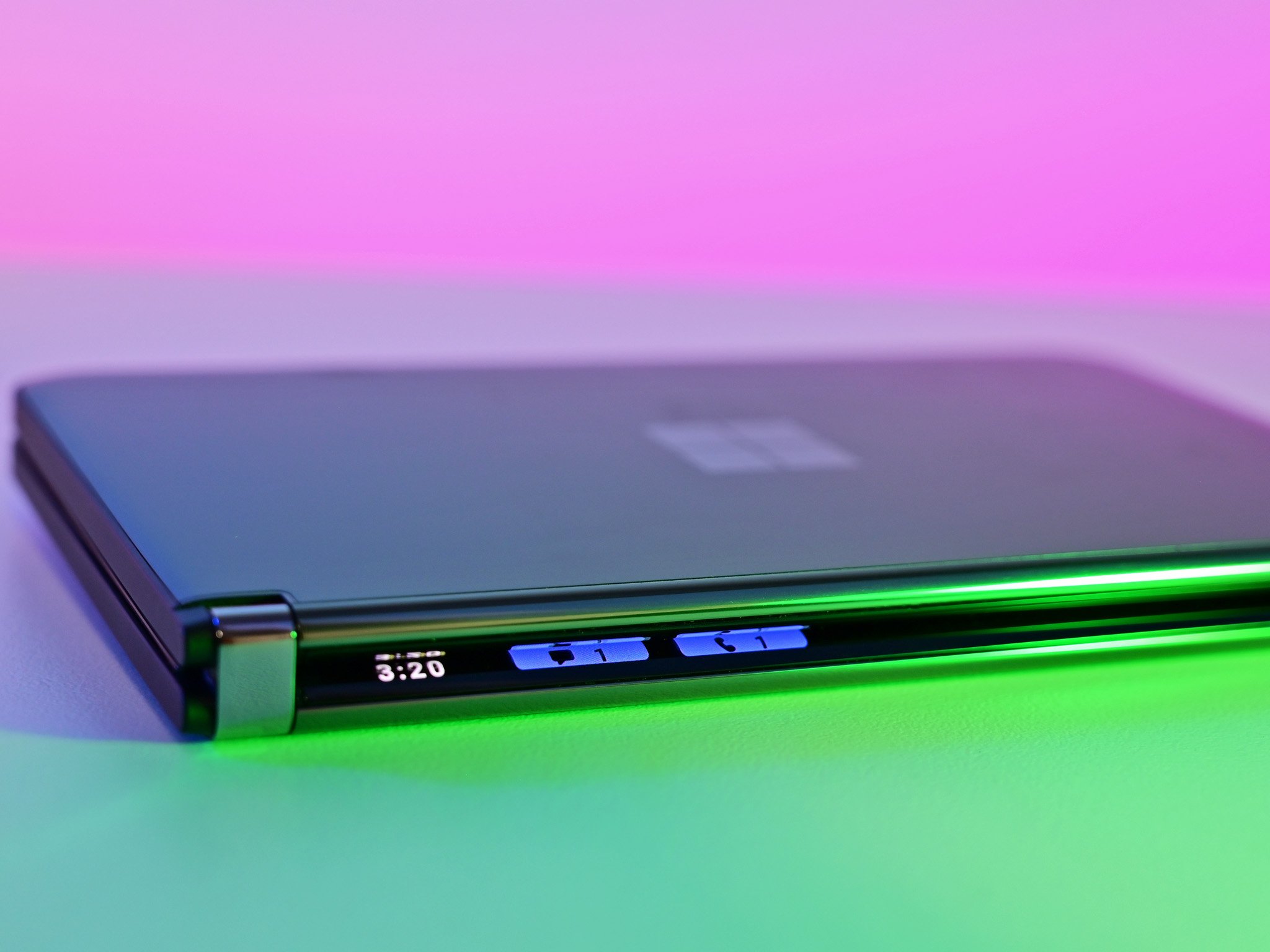
With this new patent, this device folds down into a single screen device with display 1408 constantly exposed. It effectively becomes just a single-screen phone and solves the need for an external display, and you get a full, uncorrupted screen to use as you would.
However, you can now unfold this device to reveal a triple screen device, which sounds a bit weird to hold and use. But there is a good reason to think that you could leave displays 1404 and 1408 folded back-to-back, leaving just display 1402 and 1404 (with 1408 behind it) exposed.
This configuration would effectively create a dual-screen experience again.
It's all a bit reminiscent of the tri-fold tablet seen in the HBO show Westworld:
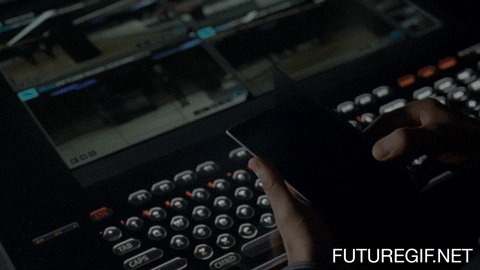
Indeed, looking more closely at the image, section 1402 seems thicker than both 1404 and 1408. In fact, it looks twice as thick. That would make sense since most of the "guts," including the battery and camera, could be in section 1402, while the other displays (1404 and 1408) could be thinner with only a few components and wiring.
When folded back-to-back, both 1404 and 1408 would, ideally, equal the thickness of 1402, giving balance to the device.
It's also worth noting that these hinges appear to be unidirectional and not bidirectional like the current Surface Duo and Surface Duo 2. Since they do not need to "reverse fold" with this design, there should be no gap between the displays, and instead, it would be one continuous screen with the glass edges meeting each other.
From the patent itself:
The first and third display panels 1402, 1408 may pivot in any suitable pivot range relative to the second display panel 1404, via the first and second hinges 1406, 1410. As one example, the first and third display panels 1402, 1408 may pivot such that the multi-panel display device 1400 lies flat with the first and third display panels positioned adjacent the second display panel 1404. As another example, the first and third display panels 1402, 1408 may pivot, such that the three display panels are stacked on top of each other in order to reduce an overall form factor of the multi-panel display device 1400.
Of course, the big question is how (and what) a triple screen experience would be like were one to leave it lying flat as the patent describes. I presume that display 1402 could be just all keyboards with the other two functioning as screens, but it's not entirely clear as things get weird at this level.
Either way, Microsoft is still engaging in the idea of multi-display devices, which include smartphones and laptops, either of which could potentially benefit from this design.
However, whether Microsoft brings such a concept to the market remains to be seen. Like many tech companies, Microsoft files for many patents, with only a few ever turning into actual products.
Finally, while three screens seem odd, Samsung is rumored to be headed in the same direction.

Daniel Rubino is the Editor-in-chief of Windows Central. He is also the head reviewer, podcast co-host, and analyst. He has been covering Microsoft since 2007 when this site was called WMExperts (and later Windows Phone Central). His interests include Windows, laptops, next-gen computing, and wearable tech. He has reviewed laptops for over 10 years and is particularly fond of 2-in-1 convertibles, Arm64 processors, new form factors, and thin-and-light PCs. Before all this tech stuff, he worked on a Ph.D. in linguistics, performed polysomnographs in NYC, and was a motion-picture operator for 17 years.
